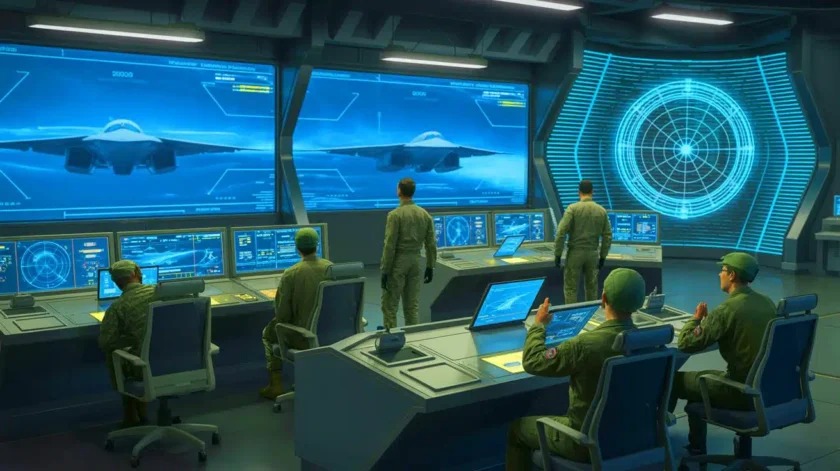Post Views: 130
Sriharikota: India has made significant strides in the global space race, contributing to various aspects of space exploration and technology. Here are some key points highlighting India’s contributions:
Indian Space Research Organisation (ISRO)
- Establishment: Founded in 1969, ISRO is the primary space agency of India.
- Vision: To harness space technology for national development while pursuing space science research and planetary exploration.
Milestones and Achievements
- Aryabhata (1975): India’s first satellite, marking its entry into space.
- Chandrayaan-1 (2008): India’s first lunar probe, which confirmed the presence of water molecules on the Moon.
- Mangalyaan (2013): Mars Orbiter Mission (MOM), making India the first country to succeed in its first attempt to reach Mars and the fourth space agency to reach Mars.
- Chandrayaan-2 (2019): Aiming to explore the lunar south pole, despite the Vikram lander crash, the mission was partially successful with the orbiter continuing to function.
- PSLV (Polar Satellite Launch Vehicle): Known for its reliability, PSLV has launched numerous satellites, including many for foreign countries.
- Gaganyaan (Ongoing): India’s first human spaceflight mission, aiming to send Indian astronauts to space by 2023-2024.
- LVM3 (GSLV Mk III): India’s heaviest and most powerful launch vehicle, used for launching heavier payloads into space.
Commercial and International Collaborations
- Antrix Corporation: The commercial arm of ISRO, facilitating satellite launches and other space services for international clients.
- Satellite Launch Services: ISRO has launched satellites for over 30 countries, demonstrating its reliability and cost-effectiveness.
- Collaborations: Partnerships with space agencies like NASA, ESA, Roscosmos, and JAXA for various missions and technological exchanges.
Future Missions and Aspirations
- Chandrayaan-3: A follow-up to Chandrayaan-2, focusing on landing and roving on the Moon.
- Aditya-L1: A mission to study the Sun, particularly the outermost layer known as the corona.
- Mangalyaan-2: A second mission to Mars, aiming to build on the success of MOM.
- Shukrayaan: Planned mission to explore Venus.
Technological Innovations
- Cost-Effectiveness: ISRO is known for its frugal engineering, achieving significant missions at a fraction of the cost compared to other space agencies.
- Indigenous Technology: Development of home-grown technologies for satellites, launch vehicles, and ground systems.
Impact on Society
- Satellite Services: Contributions in telecommunication, weather forecasting, disaster management, agriculture, and navigation through satellite technologies.
- Inspiration: Promoting STEM education and inspiring future generations in India and globally.
India’s growing presence in the space race showcases its technological capabilities and ambitions, contributing to global space exploration and benefiting humanity through various satellite applications.

---------------------------------------------------------------------------------------------------







